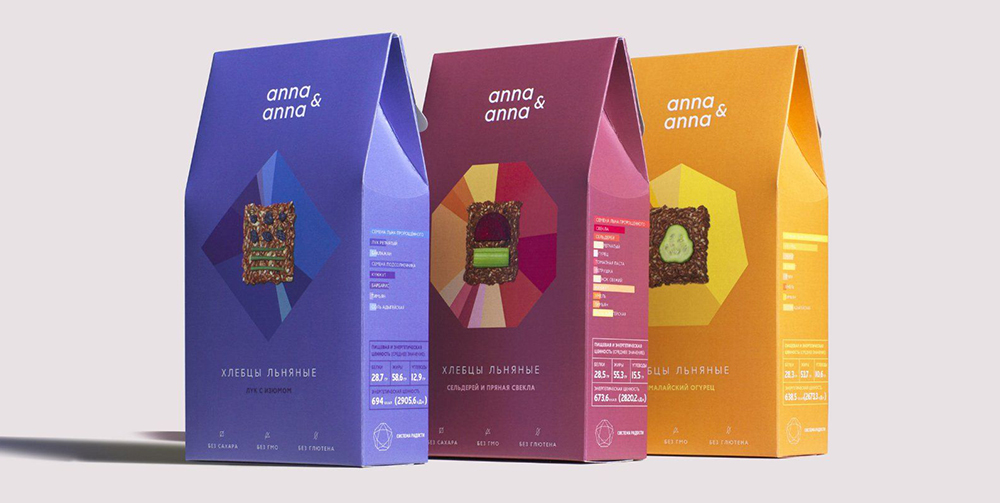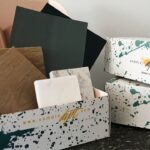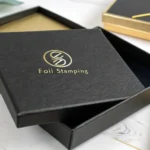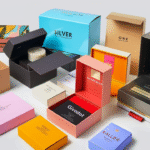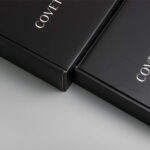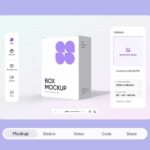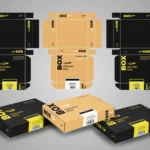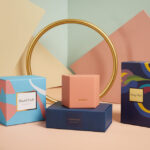When it comes to selling a product, packaging plays a significant role in the overall consumer experience. It’s more than just a container; it’s the first interaction a potential customer has with your product. A well-designed package can grab attention, convey the right message, and even drive sales. In this article, we’ll explore seven crucial factors to consider when designing your packaging to ensure your product stands out in a crowded market.
1. Know Your Target Audience
Understanding your target audience is the foundation of any effective packaging design. The design should speak directly to the people you want to buy your product. Consider factors such as age, gender, lifestyle, preferences, and buying habits. Packaging that appeals to young adults will likely look very different from that which appeals to older consumers. For instance, if your target market is eco-conscious millennials, using sustainable materials and earthy colors may be more effective.
Think about the emotions you want your audience to feel when they see your product. Bright, vibrant colors may evoke excitement and energy, while muted tones convey sophistication and elegance. The style of your packaging should align with your brand identity and the preferences of your intended audience.
2. Functionality and Practicality
While aesthetics are important, your packaging also needs to be practical. It should protect your product throughout its journey—from production to the consumer’s hands. This includes making sure that your packaging is durable, resistant to damage, and suitable for shipping. Fragile products, for instance, require more protective packaging compared to sturdy goods.
Additionally, your packaging should make the product easy to use. Consider whether the package is easy to open, close, reseal, or store. Inconvenient packaging can lead to customer frustration, which can deter repeat purchases. Functionality also includes size and shape; packaging that’s too large or cumbersome may turn customers away. Finding the balance between protection and convenience is key to creating a positive consumer experience.
3. Branding and Storytelling
Packaging is an extension of your brand, and it should convey your story in a compelling way. Consistent branding across all of your products and materials helps to reinforce your brand image. This includes using your brand colors, logo, typography, and imagery. Think of your packaging as a billboard that tells customers who you are and what you stand for.
The storytelling aspect of packaging design is equally important. Consumers want to know the story behind the product—where it comes from, how it’s made, and why it’s different. Adding personal touches such as a brief message, a QR code that links to a brand story video, or even a hand-written thank-you note can go a long way toward building a connection with your customers. Successful storytelling through packaging helps your brand create an emotional bond, making your product memorable and trustworthy.
4. Sustainability Considerations
Sustainability is no longer just a trend; it’s a priority for many consumers. Customers are increasingly making purchasing decisions based on how environmentally friendly a product is—and its packaging is a big part of that consideration. Designing packaging with sustainability in mind can not only attract eco-conscious consumers but also improve your brand image and contribute positively to the environment.
Consider using materials that are biodegradable, compostable, or recyclable. Reduce excessive packaging, and opt for minimalism wherever possible. Beyond materials, think about the packaging’s entire life cycle. Can it be repurposed or reused by the consumer? Many brands have adopted creative packaging designs that serve a dual purpose, providing added value to the consumer and extending the product’s lifecycle.
5. Differentiation and Shelf Appeal
Your product will likely be placed alongside many others in stores, so standing out on the shelf is essential. Differentiation is one of the most important factors to consider when designing your packaging. Think about what makes your product unique and how you can convey that uniqueness through packaging design. Whether it’s a unique shape, color, or style, these details help draw attention and encourage consumers to pick your product over others.
Consider how your packaging will look from a distance, and whether it can effectively attract customers in a busy retail environment. Eye-catching graphics, vibrant colors, unique shapes, and striking fonts can all help your product stand out. Moreover, tactile elements like embossing, foil stamping, or soft-touch finishes can add an extra layer of sensory engagement that can help persuade customers to choose your product.
6. Regulatory Compliance and Legal Requirements
Your packaging design must comply with industry regulations and legal requirements. Depending on your product category, there may be specific labeling and safety information that needs to be included on your packaging. For instance, food and beverage packaging must include nutritional information, ingredient lists, expiration dates, and allergy warnings. Ignoring these requirements can lead to fines or even the withdrawal of your product from the market.
Make sure to research the regulations relevant to your product and market before finalizing your packaging design. Working with professionals who have experience in regulatory compliance can help ensure that your packaging meets all necessary guidelines. Proper compliance not only keeps you on the right side of the law but also builds trust with consumers by providing them with transparent and important product information.
7. Cost and Production Considerations
Designing beautiful and functional packaging is important, but it must also be cost-effective. The cost of your packaging will ultimately affect the price of your product, so it’s essential to balance quality with affordability. Consider the cost of materials, printing, assembly, and shipping when planning your packaging design. If the cost is too high, it may reduce your profit margins or make your product too expensive for your target market.
Working with suppliers to find efficient solutions and materials that offer the best combination of durability, sustainability, and affordability is crucial. Prototyping and testing are also essential steps to minimize unexpected costs. Creating several iterations of your packaging design will help identify potential problems early on, saving both time and money.
Conclusion
Packaging is a powerful tool that can make or break the success of your product. When designing your packaging, it’s important to consider your target audience, the practical aspects of functionality, your brand story, sustainability, shelf appeal, regulatory requirements, and cost. Each of these seven factors plays a vital role in ensuring that your product not only stands out in a competitive marketplace but also delivers a positive customer experience.
By taking a strategic approach to packaging design, you can create an attractive, functional, and memorable product that resonates with consumers, encourages repeat purchases, and enhances your brand’s reputation. Remember, your packaging is often the first impression your brand makes—make it count!
